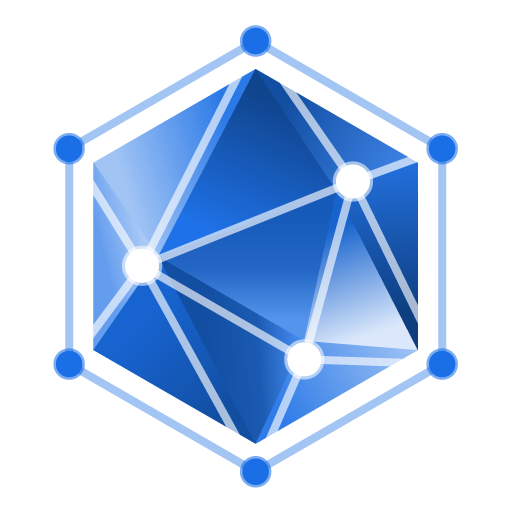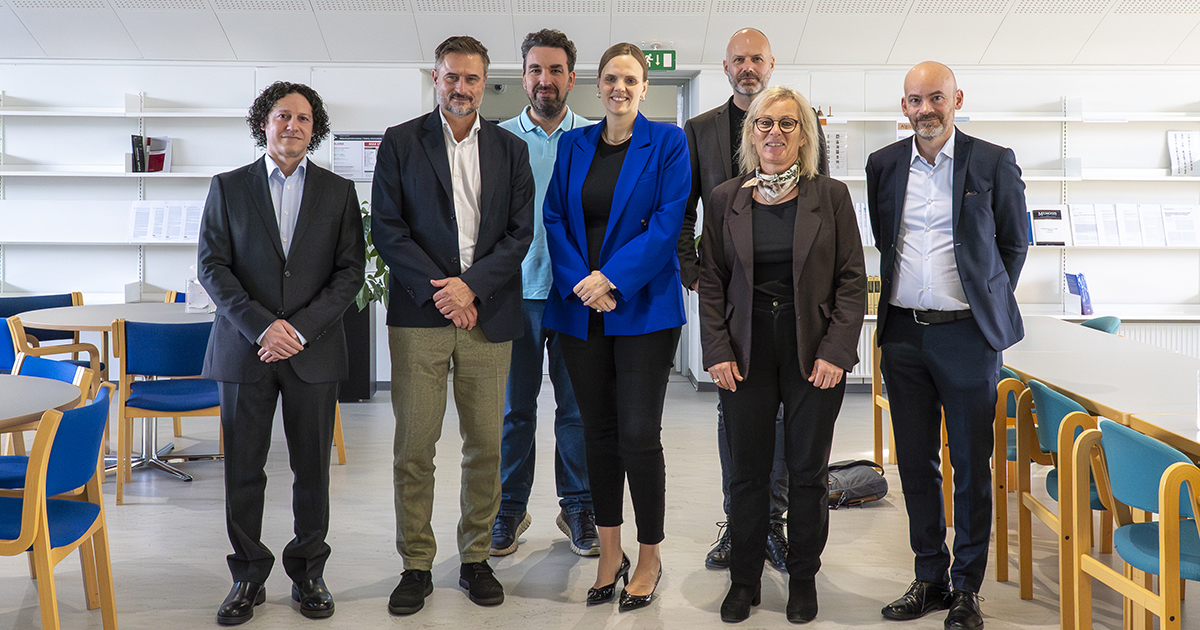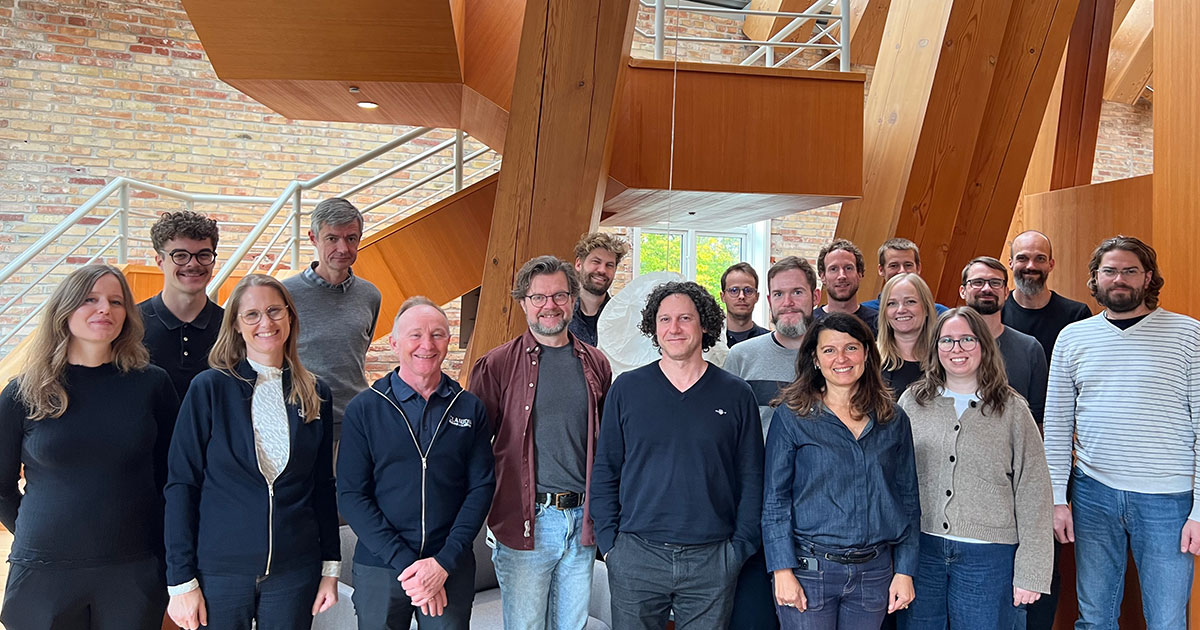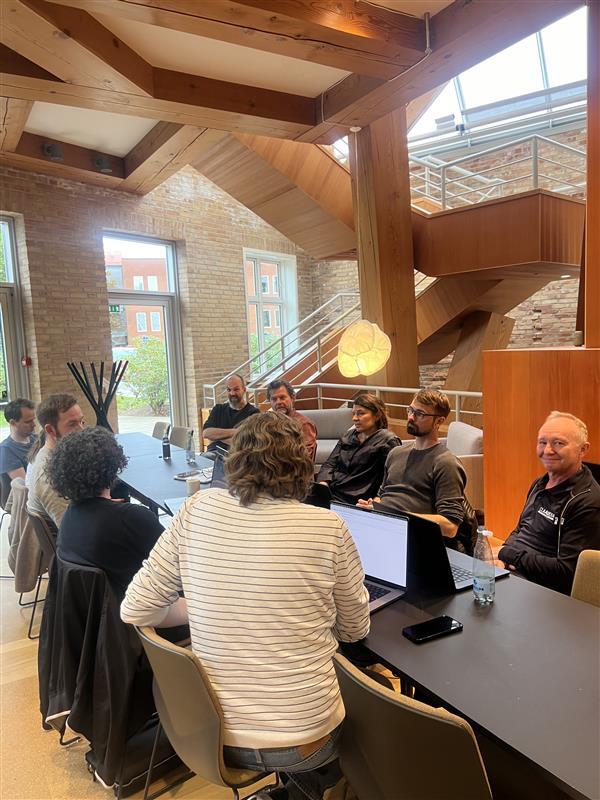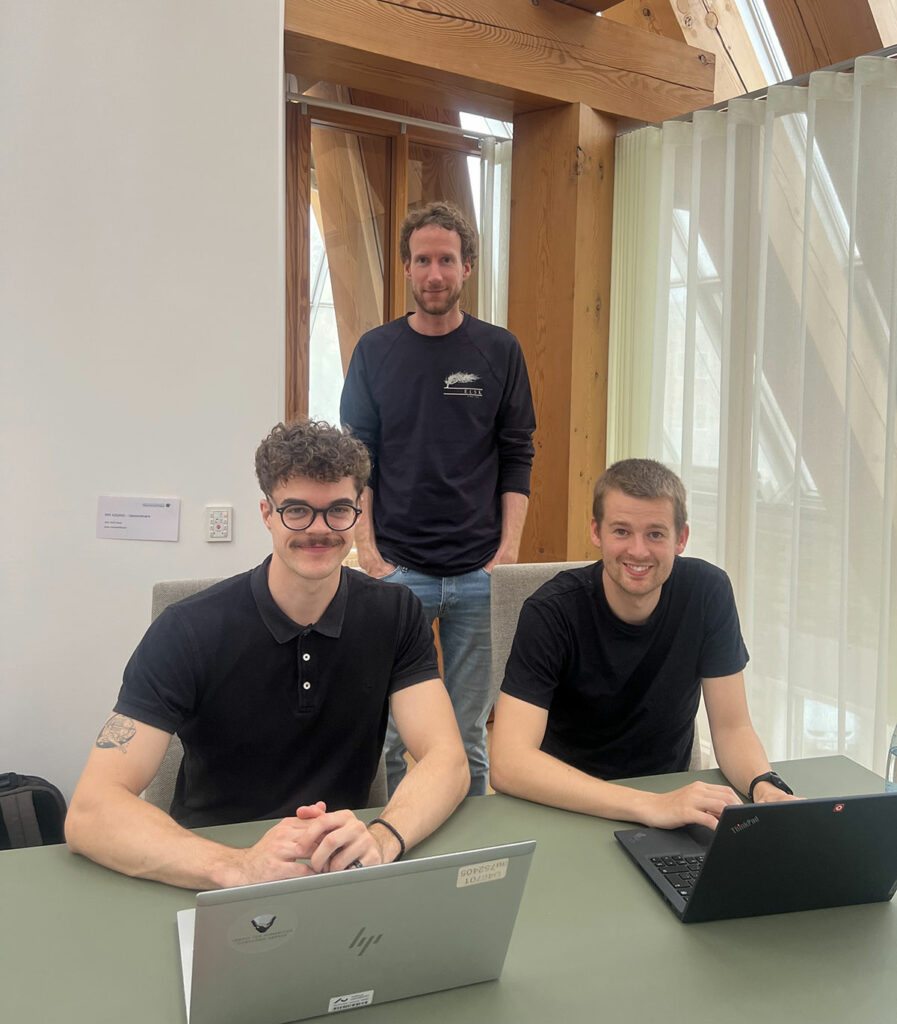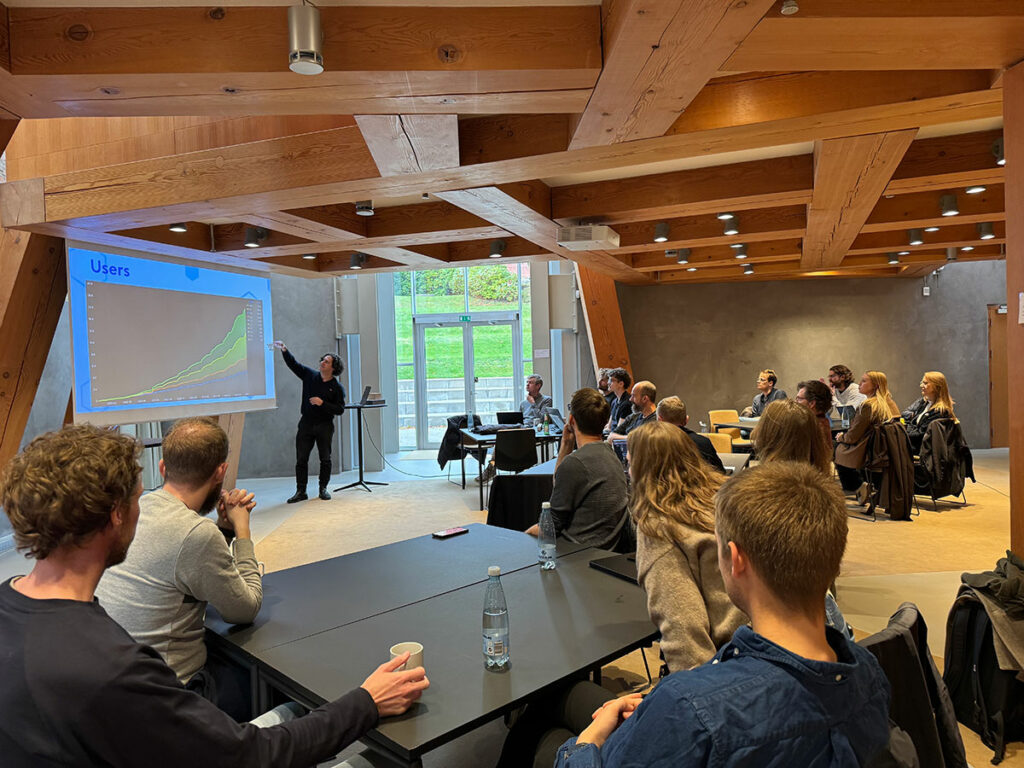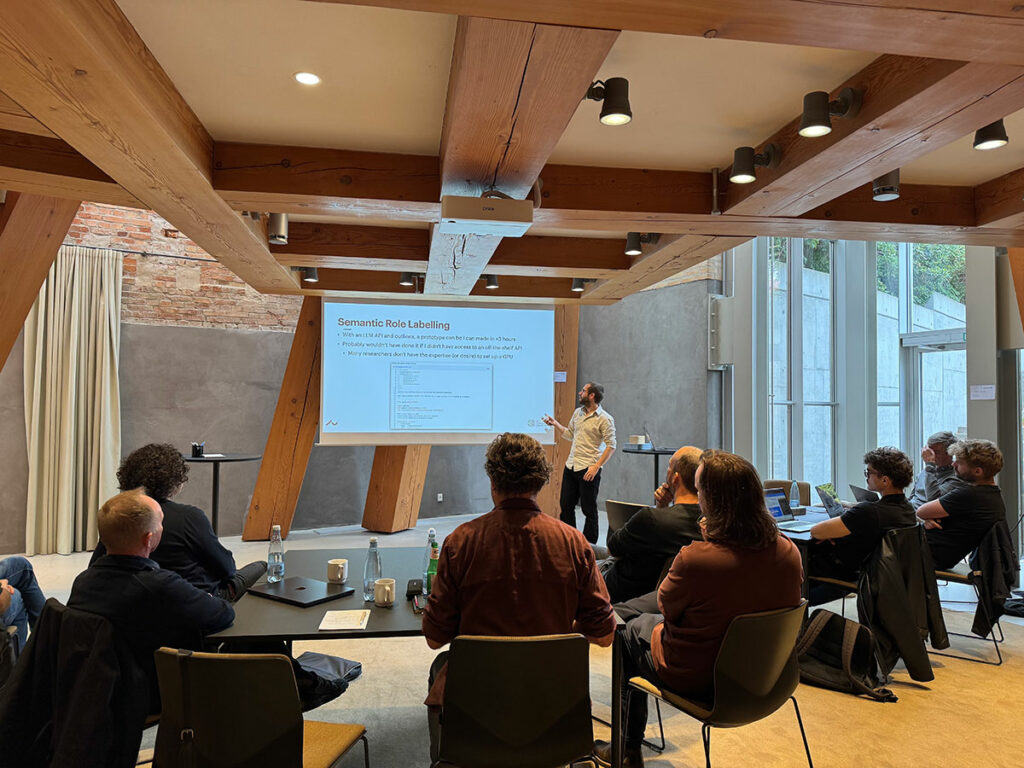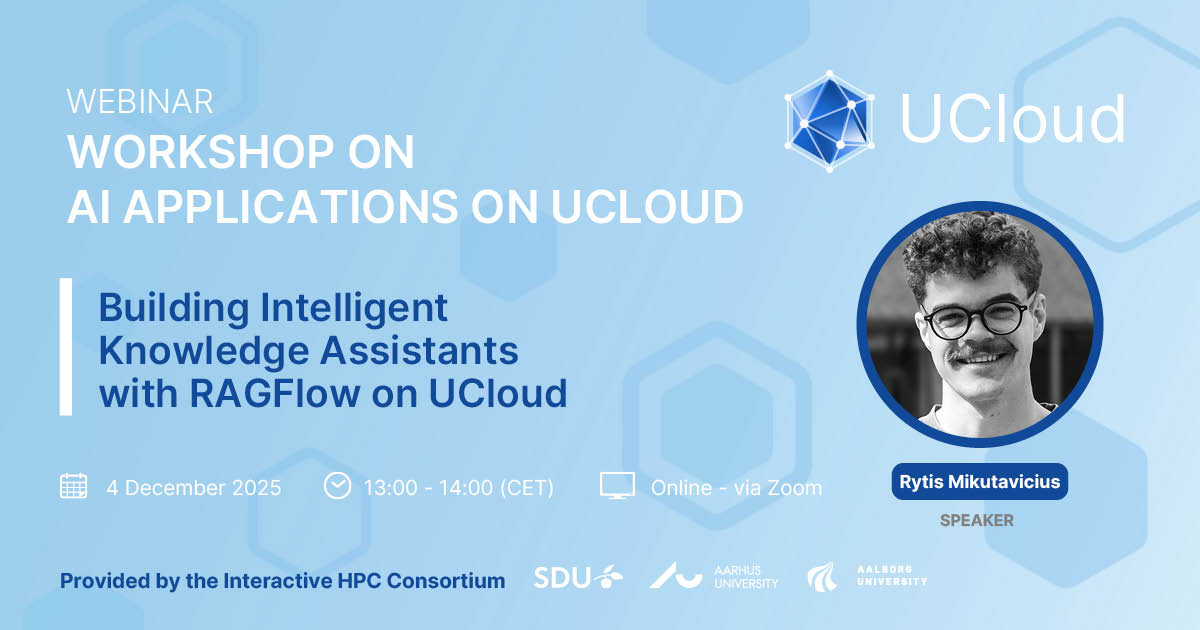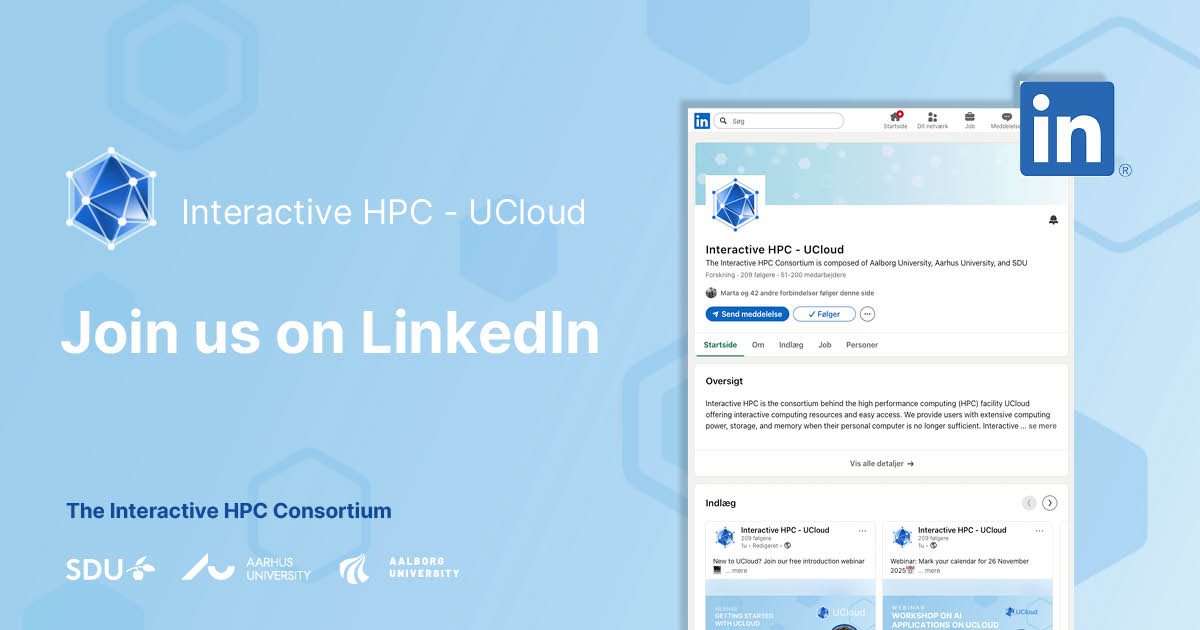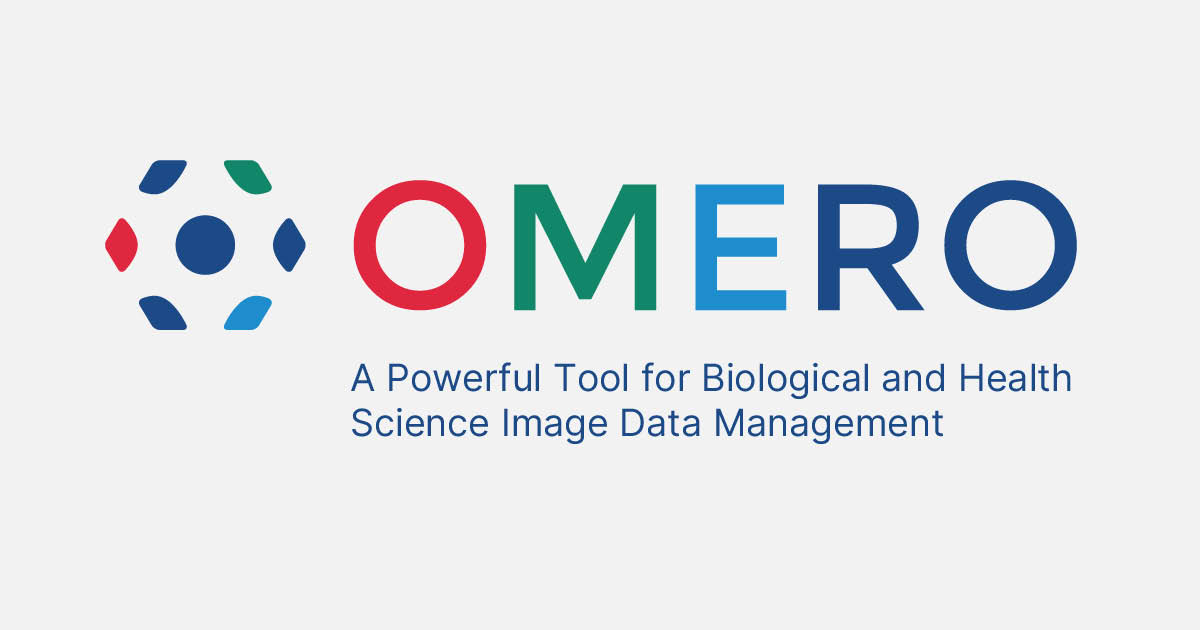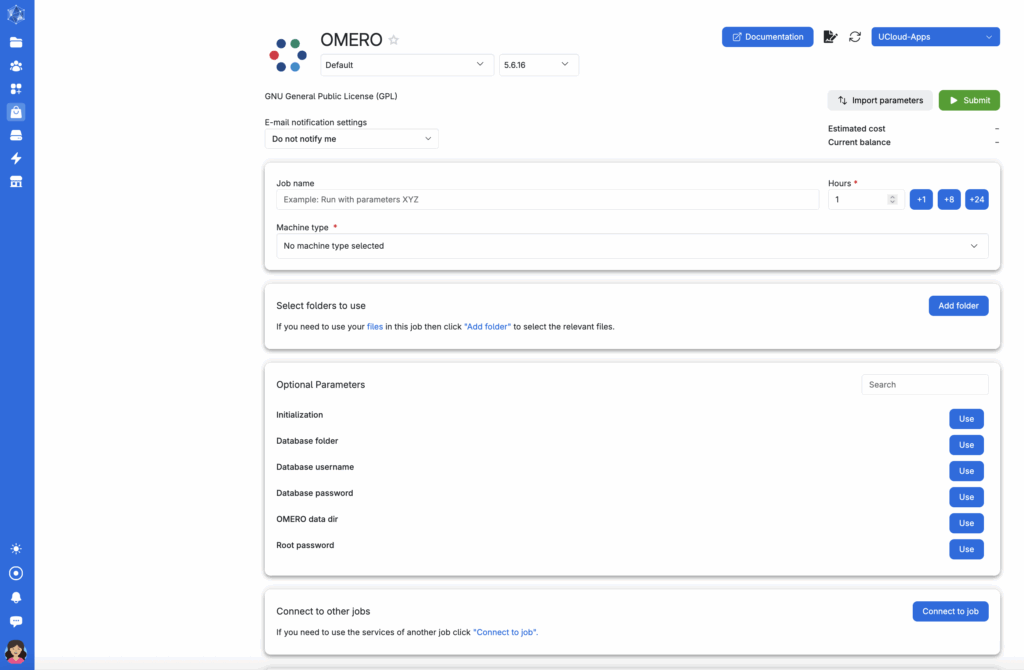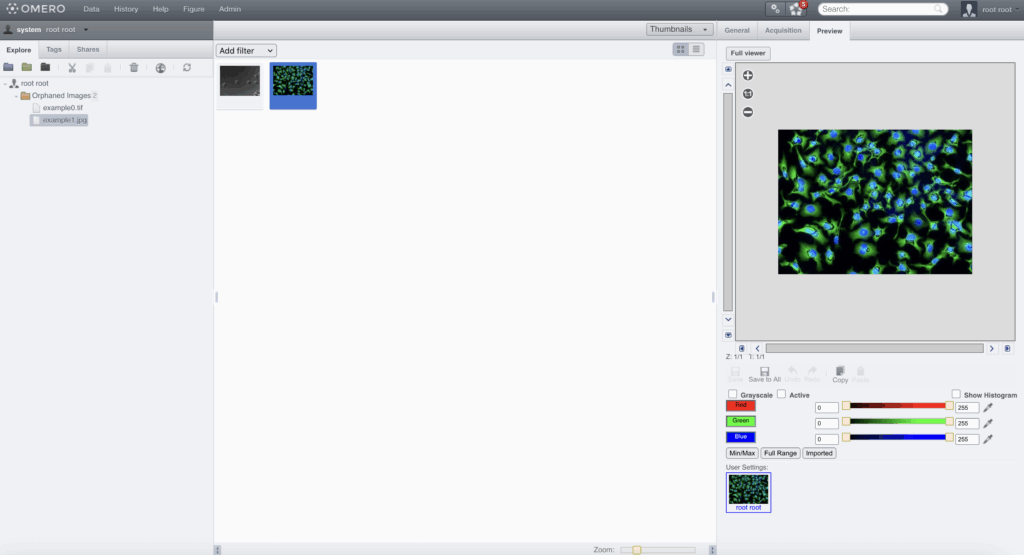On 27 October, Minister for Digital Affairs Caroline Stage Olsen visited the University of Southern Denmark (SDU) to learn more about UCloud and the Interactive HPC Consortium.
The visit aimed to showcase how Danish research contributes to strengthening Denmark’s digital independence and sovereignty. The Department of Mathematics and Computer Science (IMADA) and the SDU eScience Center at the Faculty of Science were pleased to welcome the Minister to SDU.
During her visit, the Minister was introduced to UCloud, an open-source cloud platform operated by the Interactive HPC Consortium. Originally developed by SDU, UCloud has been available since 2019 via the DeiC Interactive HPC service to all researchers in Denmark. Today, the consortium behind UCloud comprises SDU, AU, and AAU, who jointly develop and operate the platform.
The Minister emphasised that digital sovereignty and the development of cloud solutions under Danish control are key priorities for the government:
”This is something we are increasingly discussing – how we can become more independent and strengthen our control over digital infrastructure. That is part of what I am learning about today,” said Caroline Stage Olsen, Minister for Digital Affairs, during her visit.

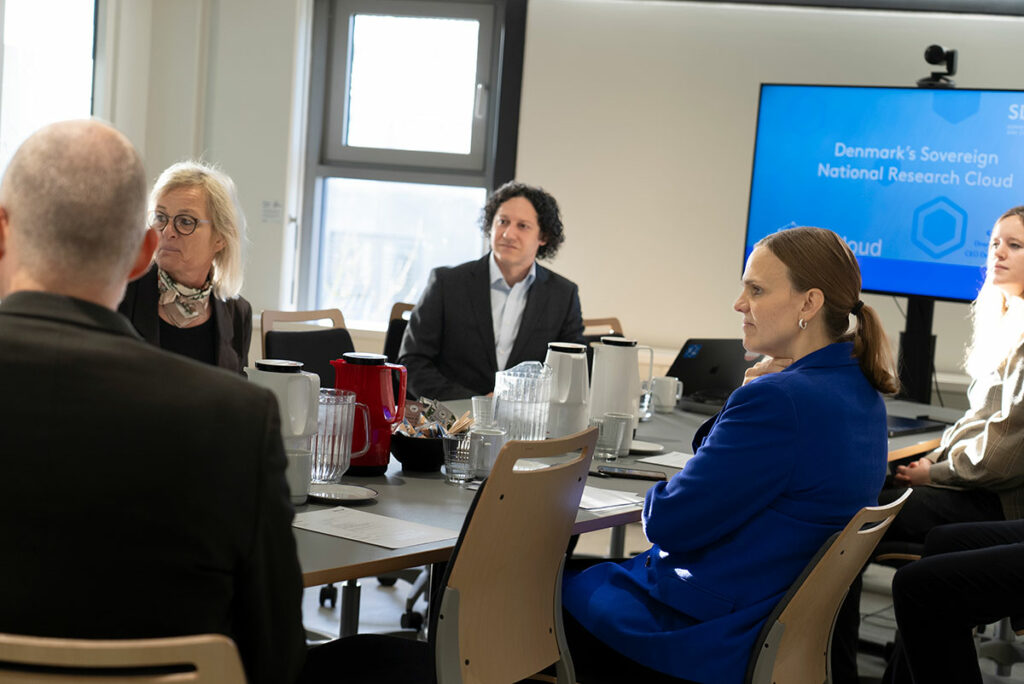
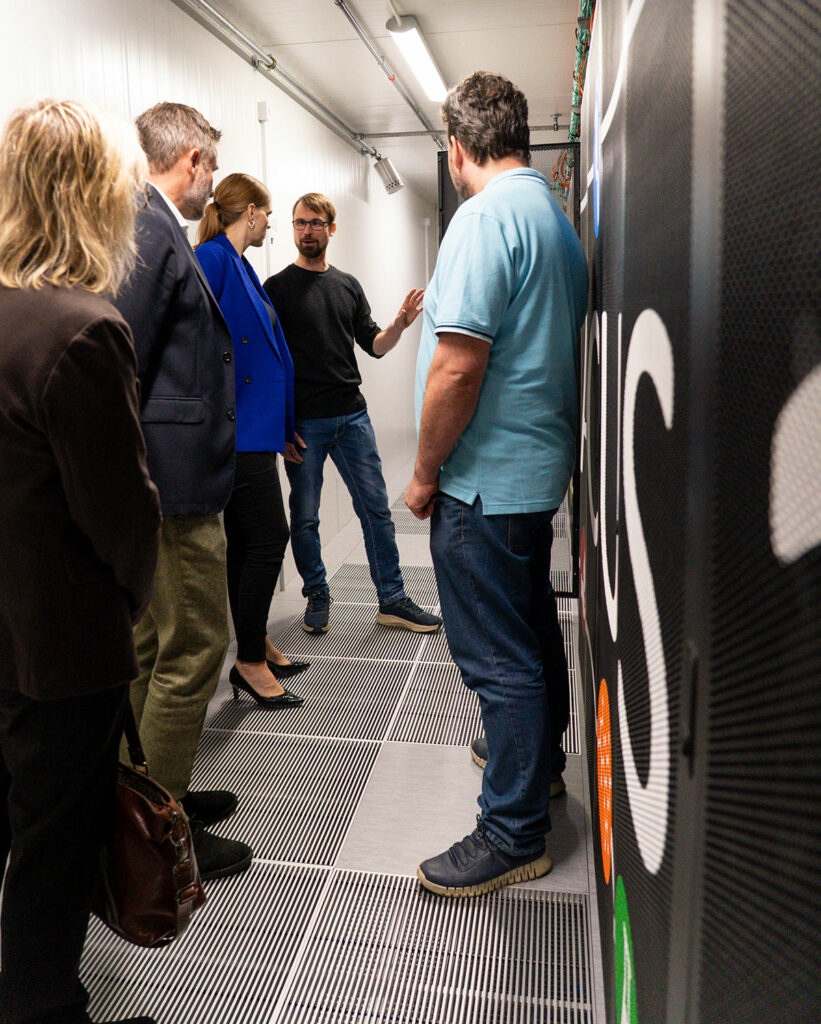
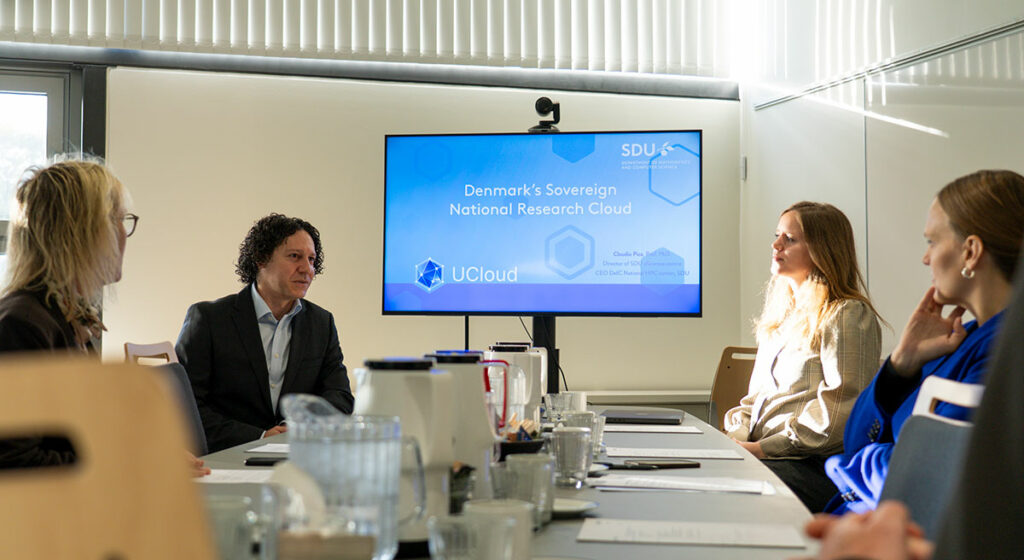
Building Bridges Between Research and Society
UCloud serves as Denmark’s national platform for interactive high-performance computing (HPC) and is Europe’s most widely used research supercomputing platform. With more than 18,000 users across universities, public authorities, and private companies, it stands as a clear example of how Danish-developed solutions can promote digital self-reliance.
“True digital sovereignty requires public infrastructure you can inspect, control, and improve. UCloud turns sovereignty from a slogan into a living, open-source public good — Europe’s largest research cloud built in Denmark. Investing in open infrastructure like UCloud is how we can secure our digital future,” said Professor Claudio Pica, Head of the SDU eScience Center.
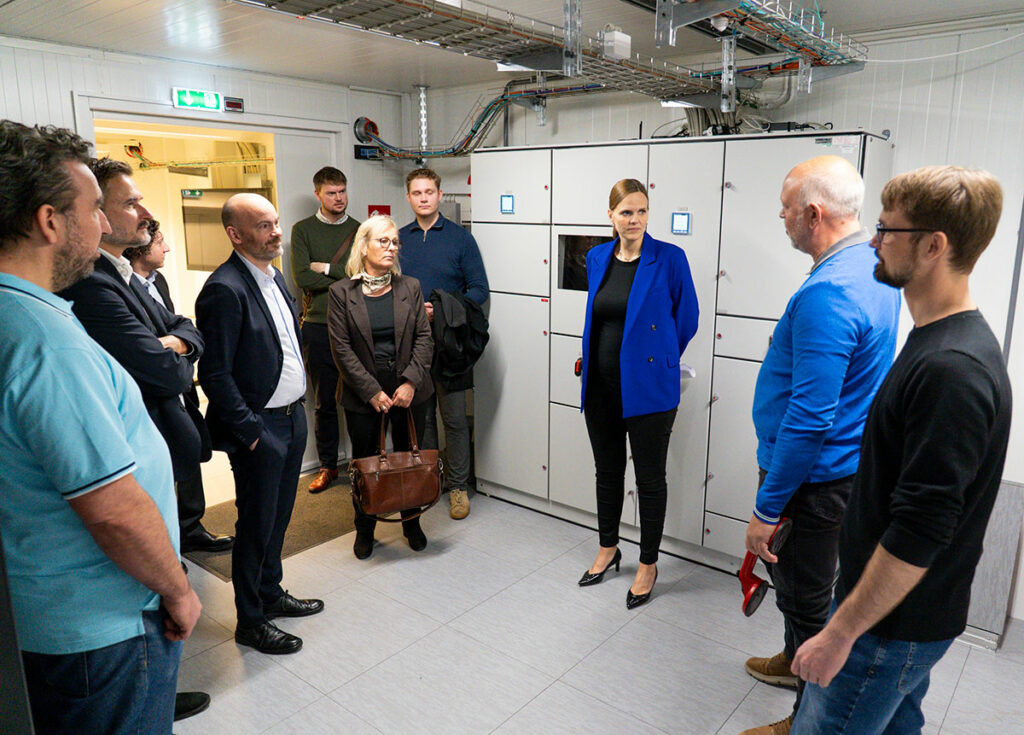
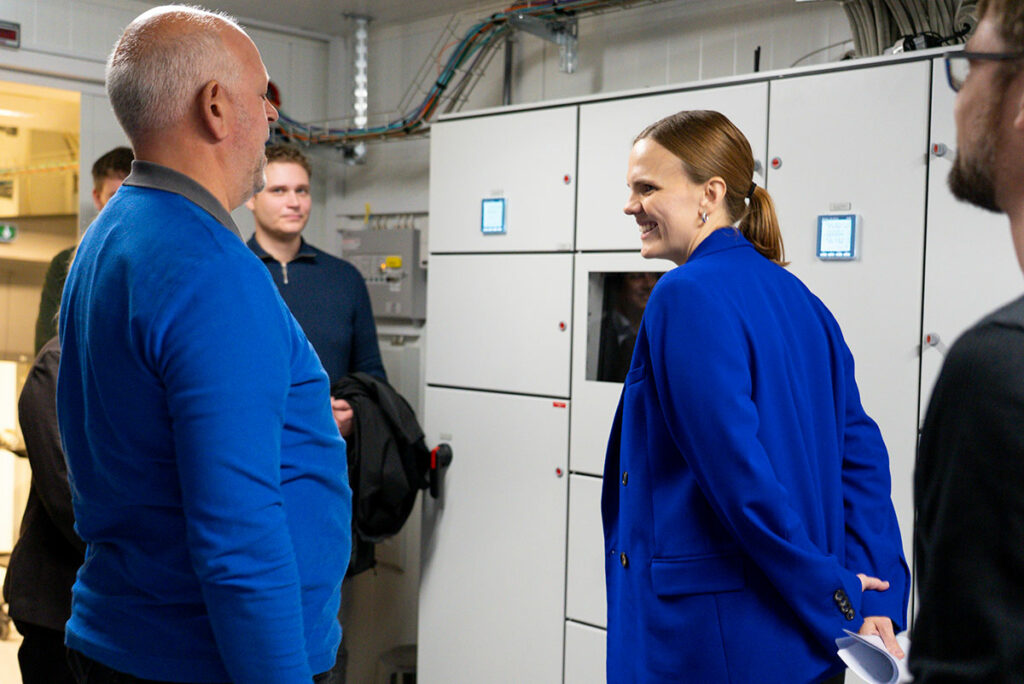
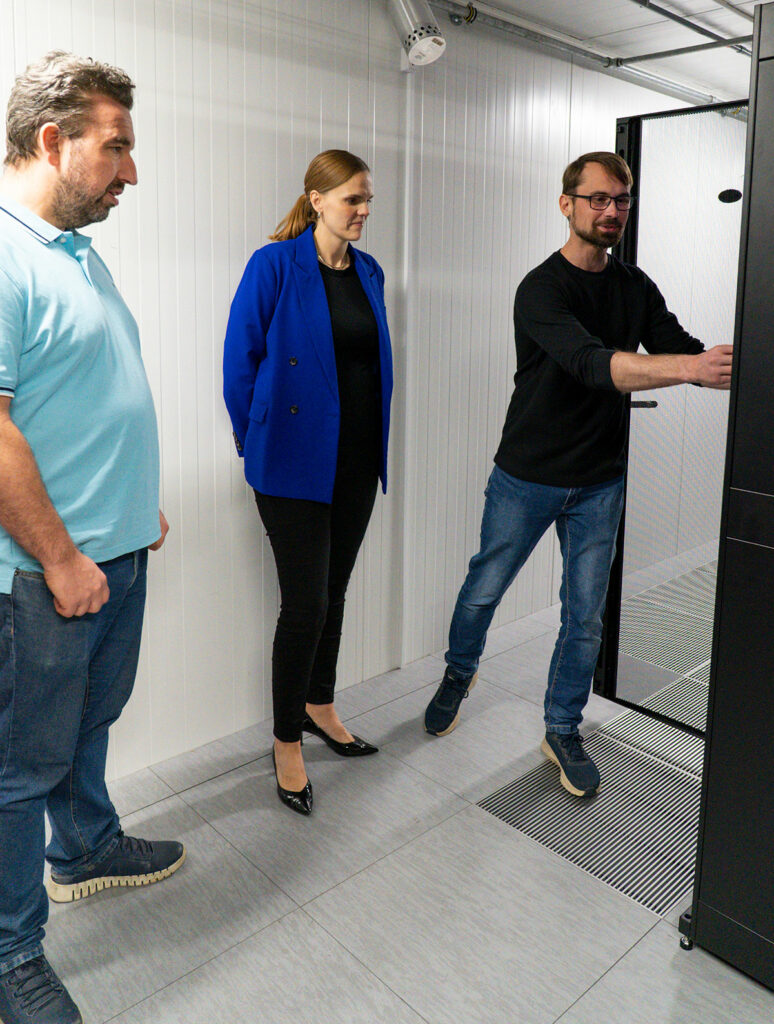
A Responsibility Towards Society
The visit also prompted a broader dialogue about the responsibility of research institutions in an era where digitalisation permeates every aspect of society – from healthcare and education to the energy sector and public services.
The visit concluded with a tour of SDU’s supercomputing facilities, where the Minister was introduced to the advanced infrastructure that supports Interactive HPC – UCloud.
This article is based on an original story published on SDU’s website.
